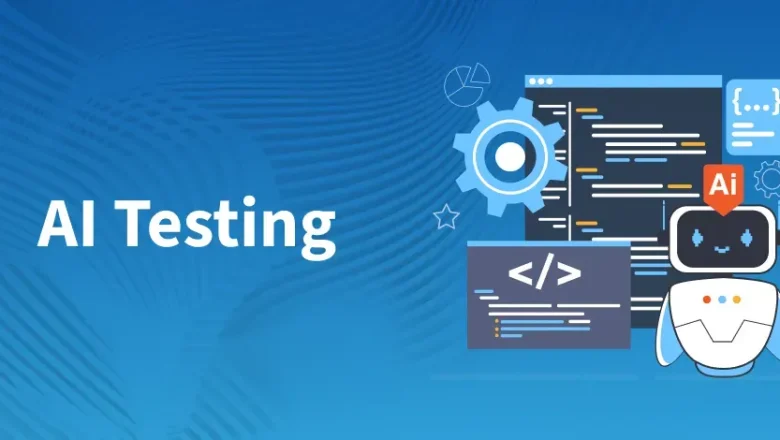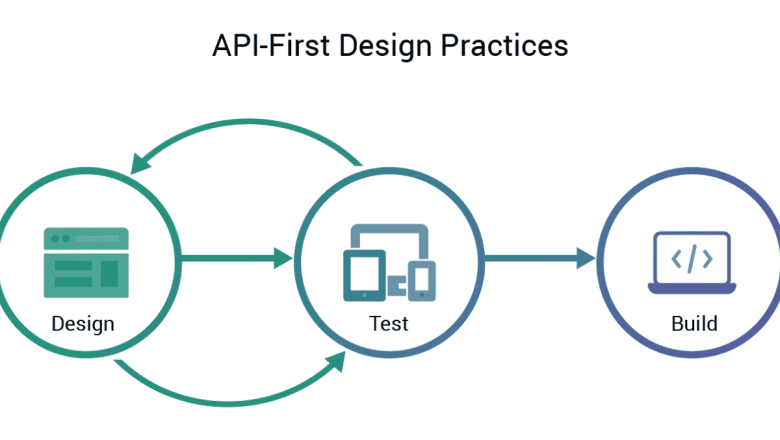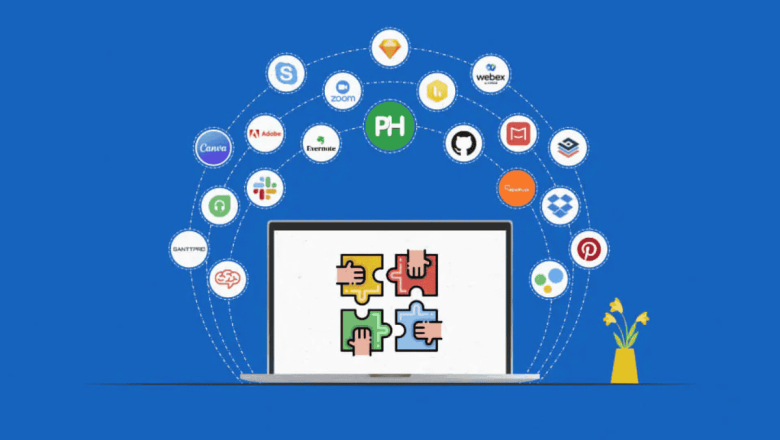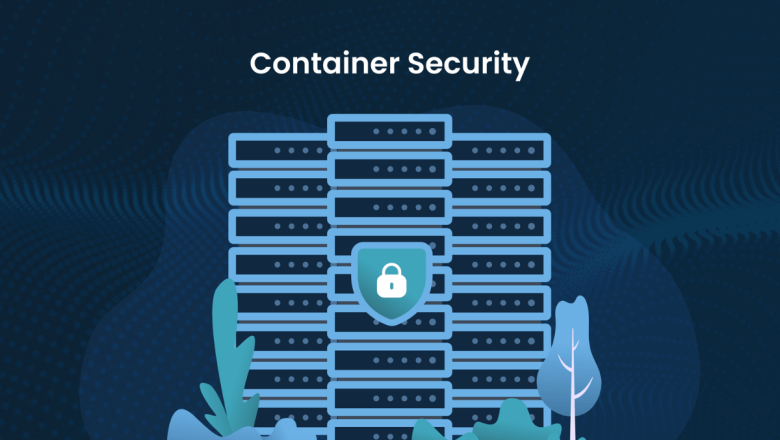
Predictive Software Maintenance with Machine Learning
What Is Predictive Software Maintenance?
Predictive software maintenance is a proactive approach that uses data and analytics to identify potential issues before they occur.
Instead of waiting for a system to fail, predictive maintenance anticipates problems by analyzing patterns in software performance.
This approach saves time, reduces costs, and minimizes downtime—key goals for modern software development teams.
How Does Machine Learning Improve Maintenance?
Machine Learning (ML) plays a crucial role in predictive maintenance. By processing large volumes of historical and real-time data, ML algorithms learn to recognize normal and abnormal system behaviors.
These models can detect performance anomalies, predict component failures, and alert teams...









